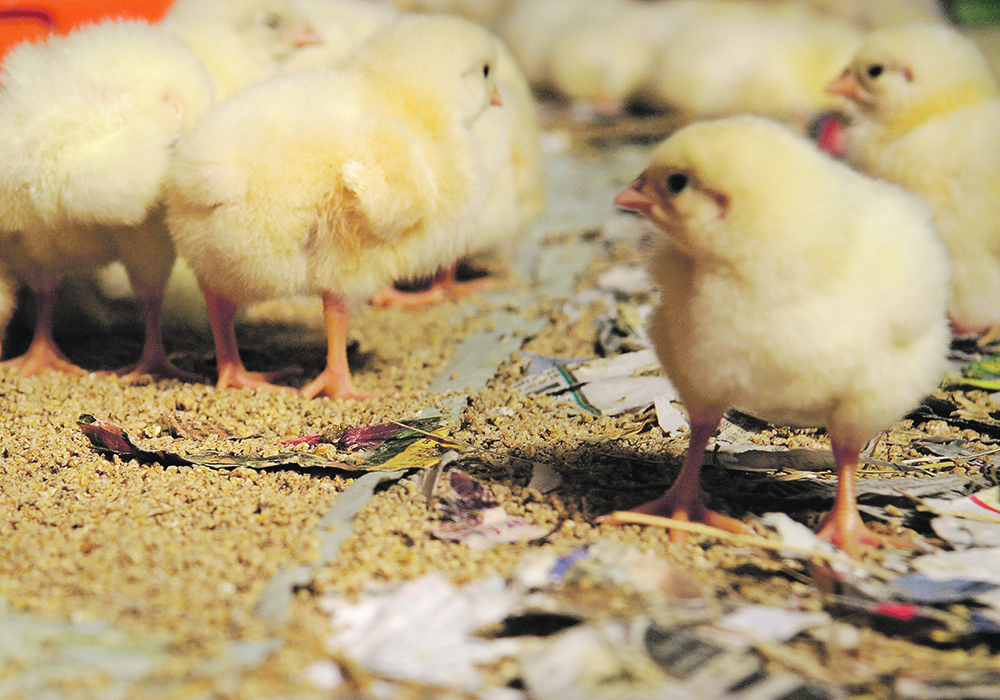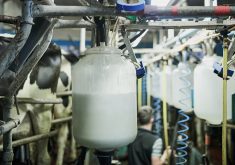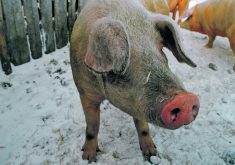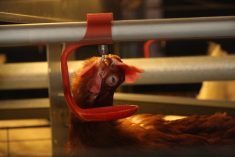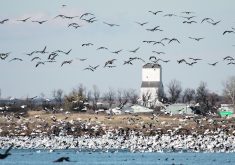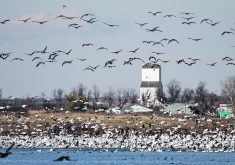In less than one month, highly infectious avian influenza has caused the deaths of at least 260,000 domestic poultry.
The birds were killed directly by the disease or were destroyed as part of containment efforts.
The number is expected to rise with Alberta and Ontario being hot spots for the virus.
Alberta has been the hardest hit despite only confirming its first case on April 6 with 166,000 domestic poultry confirmed killed by bird flu or destroyed because of flock infection as of April 10.
Another 84,000 birds have been depopulated in Ontario since the first case of avian influenza was confirmed in a red-tailed hawk on March 21.
Read Also

Europe holds promise for Canadian lentils
Pulse Canada is trying to help boost lentil consumption in Europe, which is already the fourth largest market.
Those numbers don’t include previous outbreaks in Nova Scotia and Newfoundland and Labrador between December and the beginning of March.
The number of Canadian Food Inspection Agency primary control zones established to control movement of infected flocks is expected to grow after two zones were set up in southern Ontario in the beginning of April. Several control zones are anticipated to be soon established in Alberta.
The large spread of the H5N1 strain of bird flu across North America this year is attributed mainly to migratory birds, said Canada’s chief veterinary officer.
“The environmental pressure in migratory birds is very high right now and I think that’s the reason,” said Mary Jane Ireland.
Ireland said commercial poultry producers, small operators and people with backyard coops should be extremely vigilant to the signs of avian flu, which include lack of energy and appetite, low egg production, swelling around the head, poor breathing, tremours, diarrhea and sudden death.
Agriculture Canada’s Donald Boucher said the impact on national poultry production remains uncertain but the sector is part of Canada’s supply-managed industries, so there are mechanisms in place that could address potential shortages, namely the ability to increase production.
“Those flexibilities have been applied in the past, as recently as when we looked at supply chain disruptions caused by the COVID pandemic,” said Boucher. “And we know that some of those measures have been implemented as well in the context of the current (avian influenza) outbreak as well.”
Alberta has activated its provincial poultry emergency management team, according to Karen Kirkwood, executive director of Alberta Chicken Producers, which will be working with CFIA as well as provincial officials to expedite investigations into suspected outbreaks.
“It’s unpredictable. It’s something we’ve never had. We’ve never had avian influenza in our province before,” said Kirkwood.
But while tried and true bio-security measures are well known to producers in the province, the spring migration patterns of wild birds can’t be stopped.
“We are in Alberta under a known flyway, so we definitely are at a risk when it comes to the wild birds and their migratory patterns.”
The emotional toll the disease takes on producers is the main issue the industry group is trying to address, said Kirkwood.
Shayan Sharif, avian influenza expert at the Ontario Veterinary College, said while transmission of the bird flu to humans is unlikely, it’s possible, so the profession is monitoring the situation.
The cases of bird flu have been growing in Canada since the first reported instance in British Columbia’s lower mainland in 2004.
Sharif, like others, pointed to the large infection rates in migratory birds as the likely culprit in the increasing bird flu cases in North America.
He said the incubation period of avian influenza is usually only a few days. The leading symptom is a high number of unexplained deaths.
“Chickens that were quite healthy and happy, all of a sudden, you find massive die-offs and massive mortality because this thing is quite deadly,” he said. “In a matter of a few hours or maybe a day or so, they can drop dead.”
But while animal health is at risk, so too is the emotional well-being of the nation’s poultry producers, said Canada’s top veterinarian.
“Having avian influenza detected on your farm, or in your backyard with your small flock, is extremely upsetting,” said Ireland. “For small flock owners, these might be companion animals and for our poultry operations, these are their livelihoods.”
Saskatchewan has reported a positive case in a snow goose while Quebec has also reported several cases in wild fowl.


